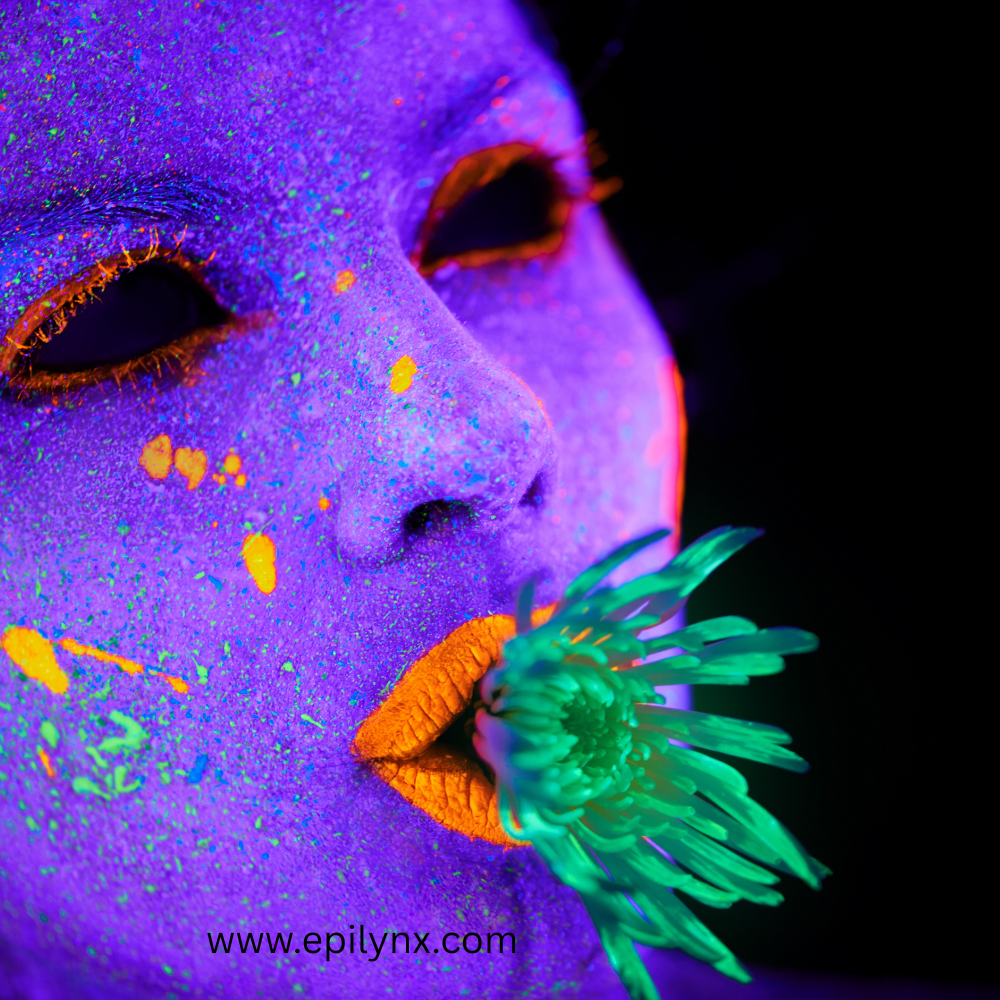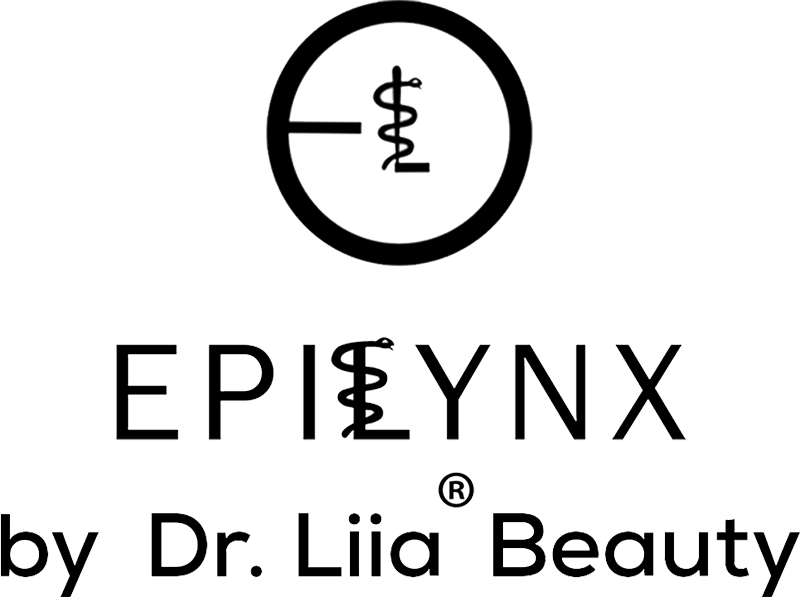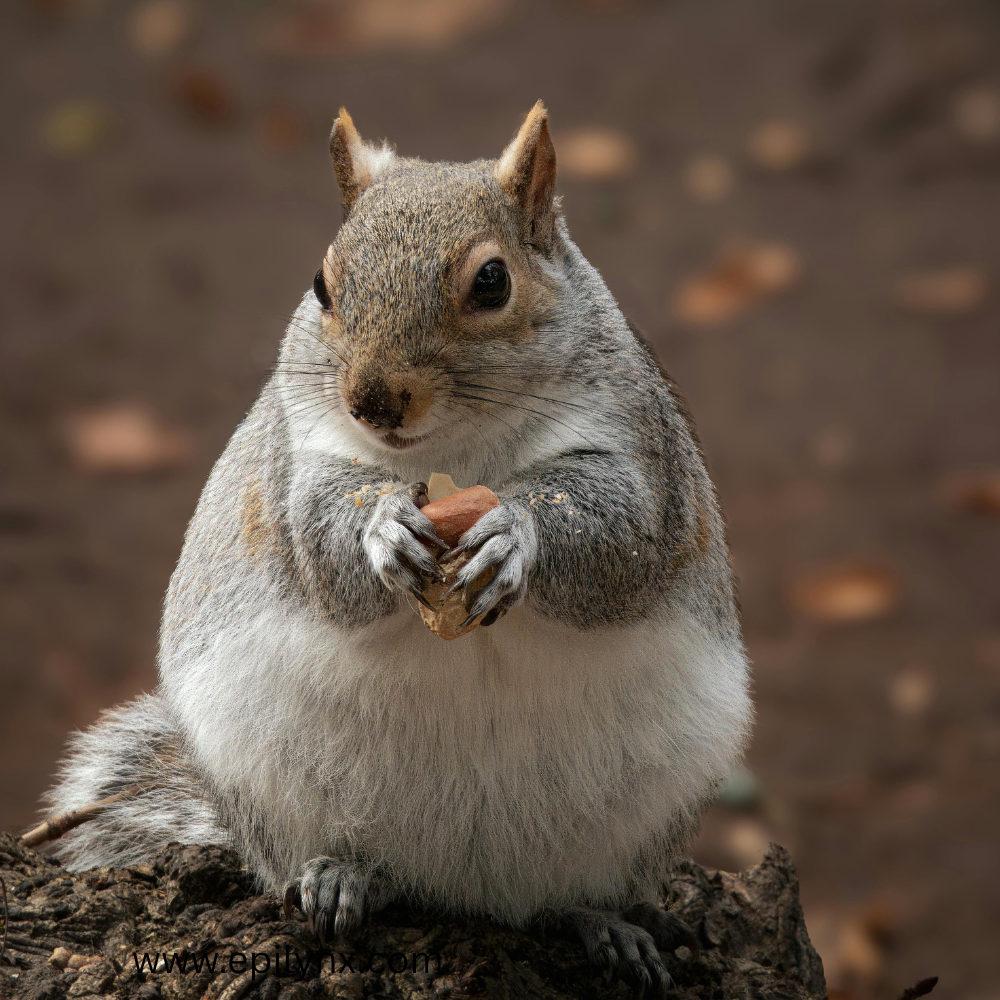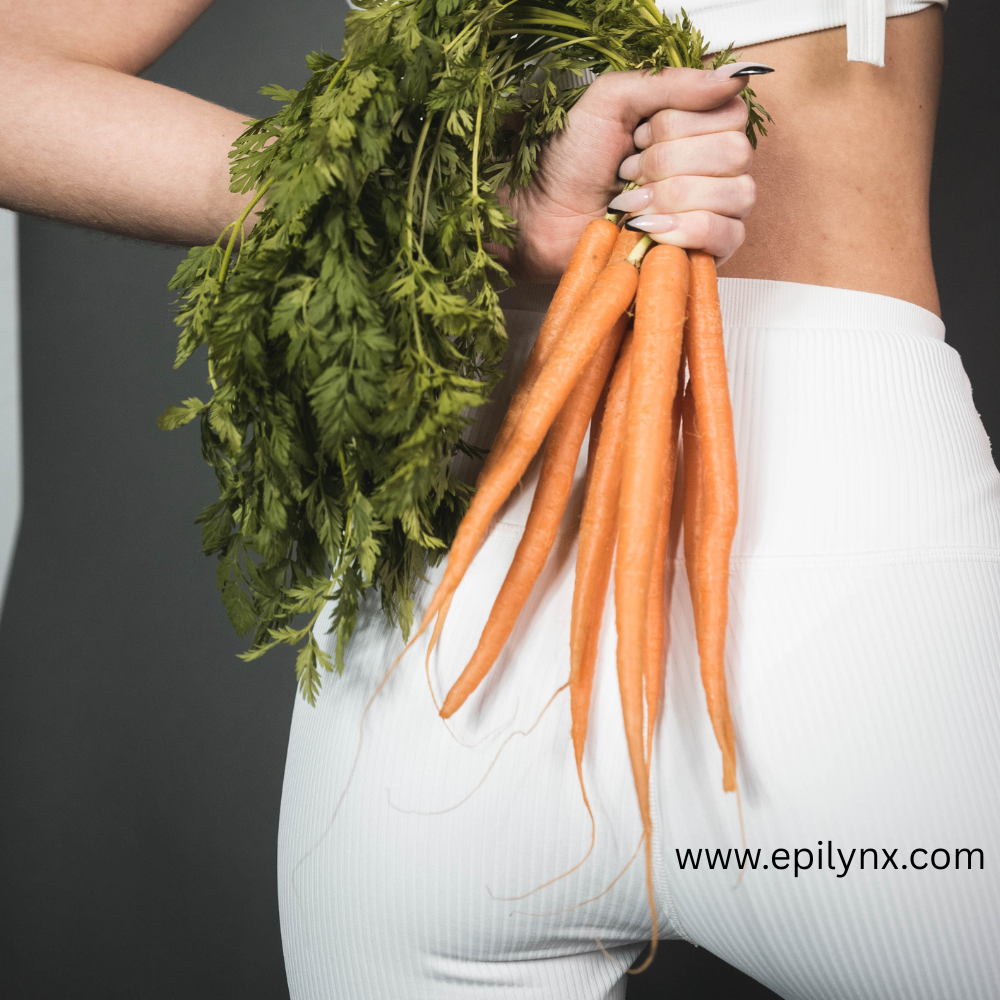
5 Weird Ingredients Still Used in Beauty (That Will Shock You)
Intro: Your Makeup Bag Might Be Weirder Than You Think
Beauty products are glamorous. Lipsticks, creams, highlighters… they make us feel amazing. But behind the sparkle? Some seriously bizarre—and sometimes gross—ingredients are hiding.
Today, we’re pulling back the curtain on 5 weird ingredients still used in beauty (yes, even today). And don’t worry—we’ll also show you the safe, allergen-free alternatives.
Weird Ingredient #1: Snail Slime 🐌
-
Where it’s used: K-beauty creams, serums, masks.
-
Why it’s used: Claimed to help with hydration and skin repair.
-
The weird part: It’s literally snail mucus collected as they crawl over surfaces.
-
The concern: Not vegan, questionable sourcing, and can cause skin reactions.
📌 Fun fact: Snail secretion filtrate has been trending in luxury skincare, but dermatologists say plant-based humectants like hyaluronic acid do the same job.
Weird Ingredient #2: Fish Scales (a.k.a. Guanine) 🐟✨
-
Where it’s used: Shimmery nail polishes, eyeshadows, highlighters.
-
Why it’s used: Creates a pearlescent, shimmering effect.
-
The weird part: Derived from the scales of dead fish.
-
The concern: Not vegan, not cruelty-free, and a surprising allergen trigger for some.
📌 Safer swap: Mineral-based mica or synthetic pearls—sparkle without the scales.
Weird Ingredient #3: Placenta Extract 👶
-
Where it’s used: Anti-aging creams, serums, hair masks.
-
Why it’s used: Marketed as a collagen booster.
-
The weird part: Often derived from sheep or even human placentas.
-
The concern: Not vegan, not cruelty-free, and raises serious ethical questions.
📌 Better alternative: Plant-based peptides and growth factors that support collagen naturally.
Weird Ingredient #4: Urea (Yes, From Urine) 💧
-
Where it’s used: Lotions, creams for dry skin, foot creams.
-
Why it’s used: Acts as a humectant, softens tough skin.
-
The weird part: Historically derived from urine (though now often synthetic).
-
The concern: Even synthetic versions can irritate sensitive skin.
📌 Gentle alternative: Glycerin or squalane—hydrating, allergen-safe, and plant-based.
Weird Ingredient #5: Ambergris (Whale Vomit) 🐋
-
Where it’s used: High-end perfumes.
-
Why it’s used: Fixative that makes scents last longer.
-
The weird part: It’s a waxy substance produced in the intestines of sperm whales (sometimes regurgitated).
-
The concern: Animal exploitation, sustainability issues, and not vegan.
📌 Modern alternative: Lab-made aroma chemicals—sustainable, safe, and cruelty-free.
Section 6: Why These Weird Ingredients Are Still Around
-
They’re marketed as “luxury” or “natural.”
-
They have history in traditional remedies.
-
Some are cheaper than developing new synthetic or plant-based versions.
📌 But “luxury” doesn’t mean inclusive, allergen-safe, or cruelty-free.
Section 7: Dermatologist Take
Dr. A (cosmetic dermatologist):
“There’s nothing magical about snail slime or placenta that you can’t get from plant-based actives. For patients with allergies or sensitive skin, allergen-safe formulations are safer and more effective.”
Section 8: What to Look for Instead (Allergen-Safe Heroes)
Replace the weird with the wonderful:
-
🌿 Hyaluronic Acid → hydration without snail slime
-
💎 Mineral Mica → shimmer without fish scales
-
🌱 Plant Peptides → anti-aging without placenta
-
💧 Glycerin & Squalane → hydration without urea
-
🌸 Lab-Made Scents → perfumes without whale vomit
Section 9: FAQs on Weird Beauty Ingredients
Q: Are these weird ingredients harmful?
A: Not always, but they’re not vegan, cruelty-free, or allergen-safe. Sensitive skin should avoid them.
Q: Do snail creams really work?
A: Not better than plant-based humectants like hyaluronic acid.
Q: Why do brands still use fish scales and placenta?
A: Marketing, tradition, and perceived luxury—but there are safer alternatives.
Q: How do I know if my product contains these ingredients?
A: Look for terms like guanine (fish scales), placenta extract, ambergris, carmine, or snail secretion filtrate.
Final Thought
Weird ingredients might sound exotic or luxurious, but the truth is—they’re unnecessary and often unsafe.
Beauty doesn’t need snail slime or fish scales. It needs transparency, safety, and inclusivity.
Because glowing skin should come from science and care, not animal by-products.
Call to Action
✨ Want beauty without the bizarre? Explore the EpiLynx Allergen-Safe Collection — vegan, gluten-free, nut-free, cruelty-free products made with safe, effective ingredients (no weirdness required).


